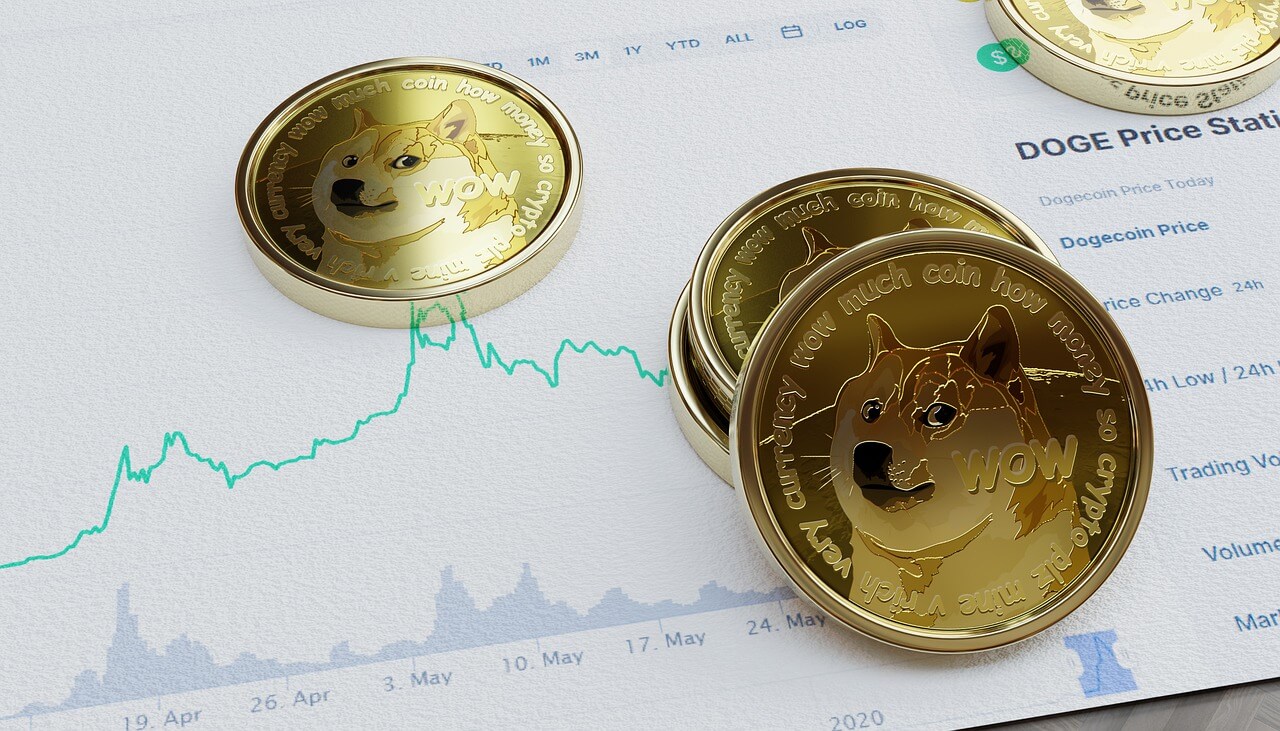
Launched in 2013 as nothing more than a joke, dogecoin has since been transformed from a quirky piece of fun to a well-established cryptocurrency with a sizable community around it. Indeed, according to data supplied by CoinMarketCap, dogecoin surpassed XRP (Ripple) to become the fourth biggest cryptocurrency by market value in May of this year.
With that in mind, can dogecoin really become a market leader? Will it ever be more than, in the words of its founders, “the world’s most fun currency”? Or will the conviction of some of its more high-profile proponents that it’s “the people’s crypto” propel it to new heights? Here’s a more in-depth look at the case for and against dogecoin as a legitimate investment option.
The case for dogecoin
By far the biggest thing going for dogecoin is the community that has sprung up around it. The name of the currency was first coined in 2013 as nothing more than a gag by marketing consultant Jackson Palmer, who riffed on the hugely popular meme of a Shiba Inu dog which went viral on the internet under the name “doge”.
Palmer was later contacted by computer programmer Billy Markus about making the idea a reality, and a few days later, dogecoin entered the market. While this might seem like more of a con than a pro, the good-natured atmosphere surrounding dogecoin and its altruistic ethos have allowed its community to swell to an incredible size. It’s now largely used for tipping, another reason for its swelling popularity – and the fact that it has found a practical use also works in its favor.
Besides these more emotional reasons, dogecoin also has a solid technological foundation. A report from Galaxy Digital Research said that dogecoin has “remarkably strong fundamentals and powerful forces supporting its rise”. By mirroring the technology underpinning LiteCoin, it is operating from a robust basis.
What’s more, the simplicity of the cryptocurrency is a huge draw for many inexperienced investors. Many people are discouraged from becoming involved in the sector due to the perceived difficulties they might encounter when trying to “learn crypto”; dogecoin bypasses these with its upfront and unabashed intention to be fun.
The case against dogecoin
On the other hand, many of the things which make dogecoin attractive to some people could be its undoing for others. The straightforward nature of dogecoin’s system might be appealing for those only just entering the crypto market or who perceive it as more of a hobby than a career, but the very same lack of sophistication turns off serious traders.
The fact that the developers of the cryptocurrency haven’t released an update in over five years – alongside the fact that its founder has also distanced himself from dogecoin on an operational level – mean that it’s limited in terms of its mass appeal.
Meanwhile, the inflationary character of dogecoin is also a double-edged sword. On the one hand, its unlimited profile means that it will never run out of coins to mine (already, it has issued more than 125 billion coins, compared to bitcoin’s 21 million token cap). This could help to stabilize its worth in the long run – but it also means that the currency will be subject to inflation.
This means it’s less valuable as an asset, since any appreciation in its market worth could be offset by the inflation which accompanies it. On the other hand, it does mean that it more closely resembles the fiat currencies upon which our economy currently depends and as such, is perhaps more useful as a functional crypto than some of its rivals.
In conclusion, there’s plenty of reasons to be optimistic about the future of dogecoin. Although its lack of ambition and innovation mean it’s unlikely to supplant bitcoin or any of the other major forerunners at the head of the crypto pack, it shouldn’t be discounted altogether, either.







